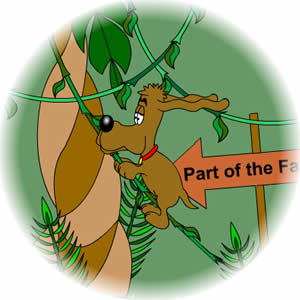Bad Ingredients in Dog Foods
Category:Kennel Blog,UncategorisedMany dog foods on the market today have ingredients that are not only unhealthy, some of them can cause your dog minor to serious health problems. To keep this short and simple, when you get ready to buy dog food take a look at the ingredients and compare to this list. These are the ingredients

